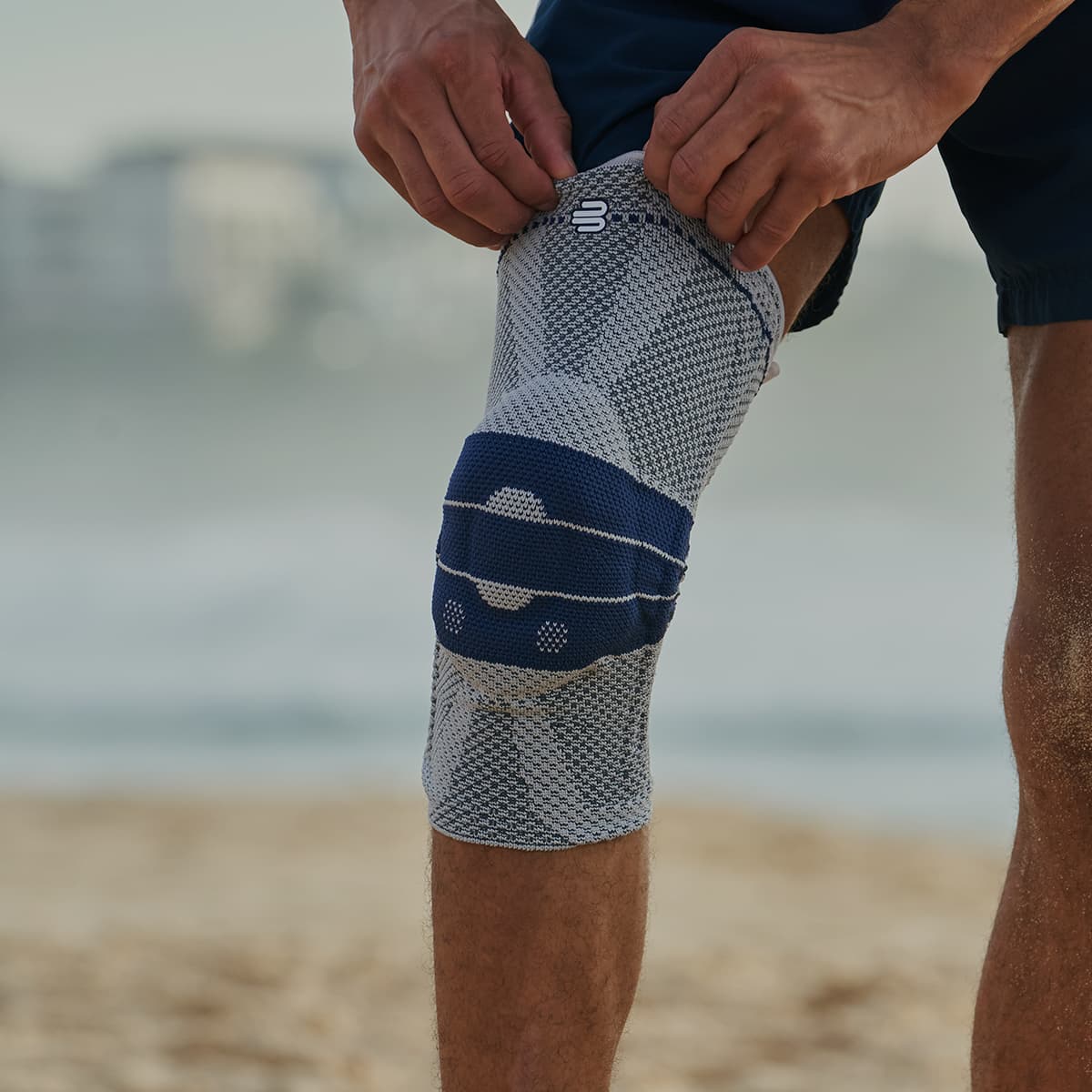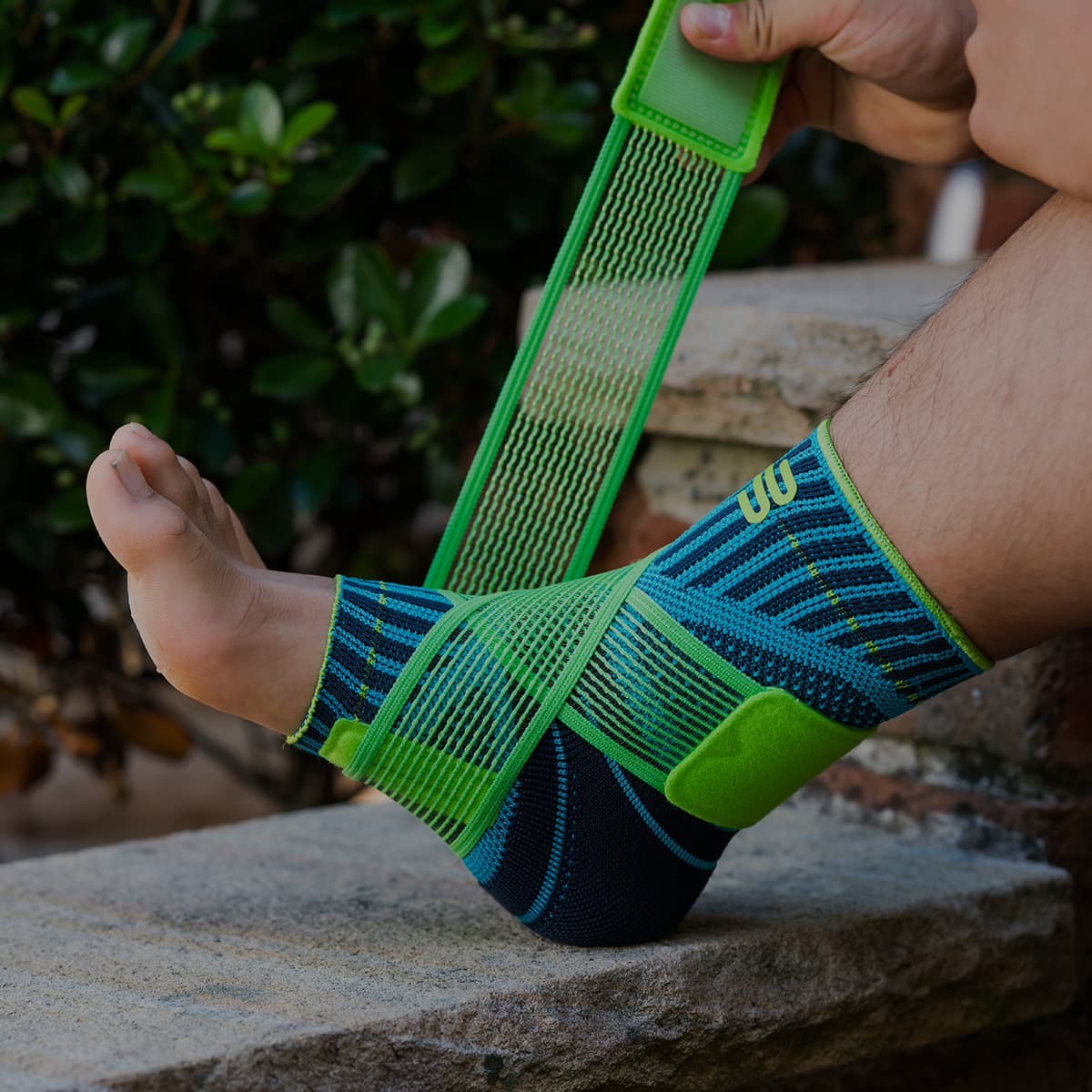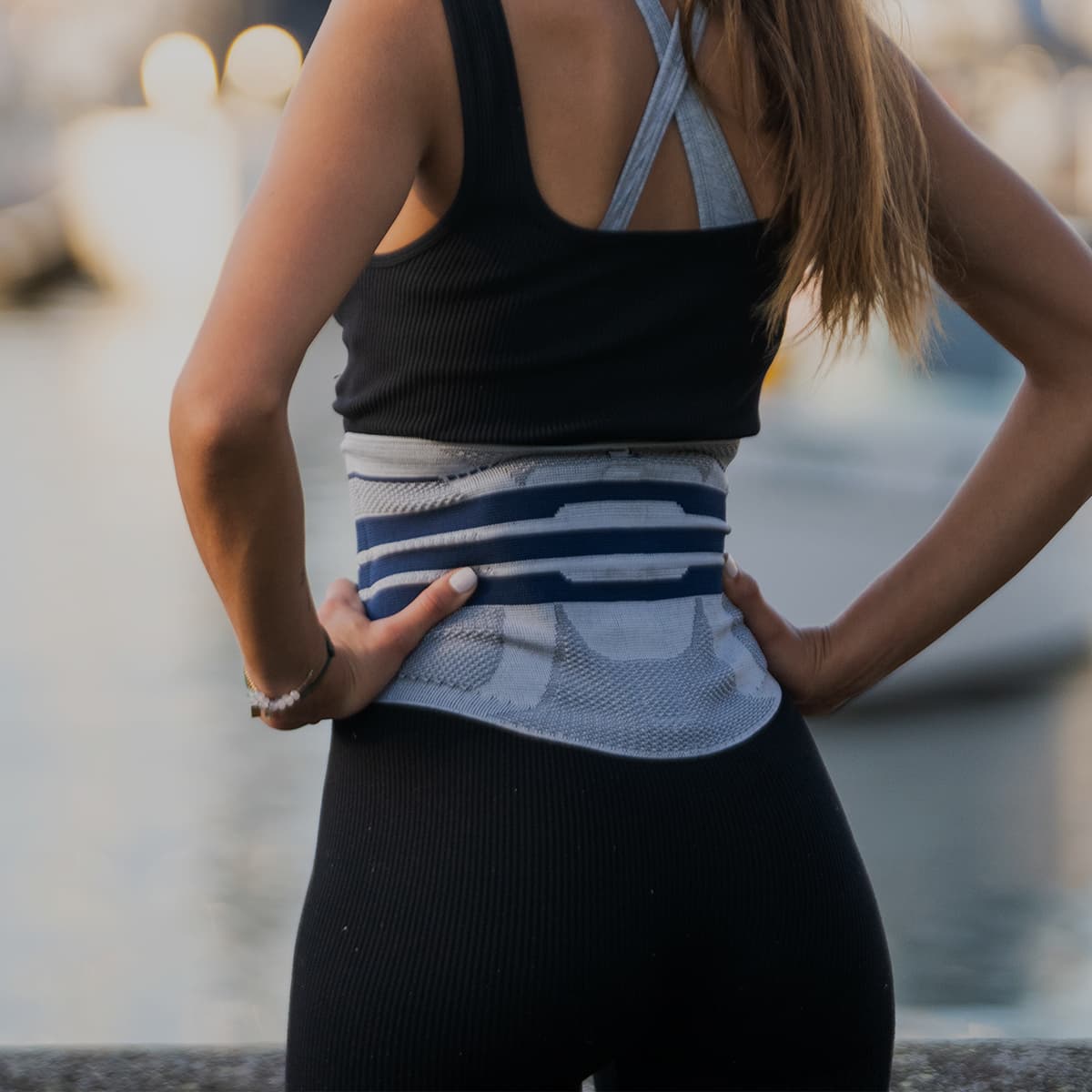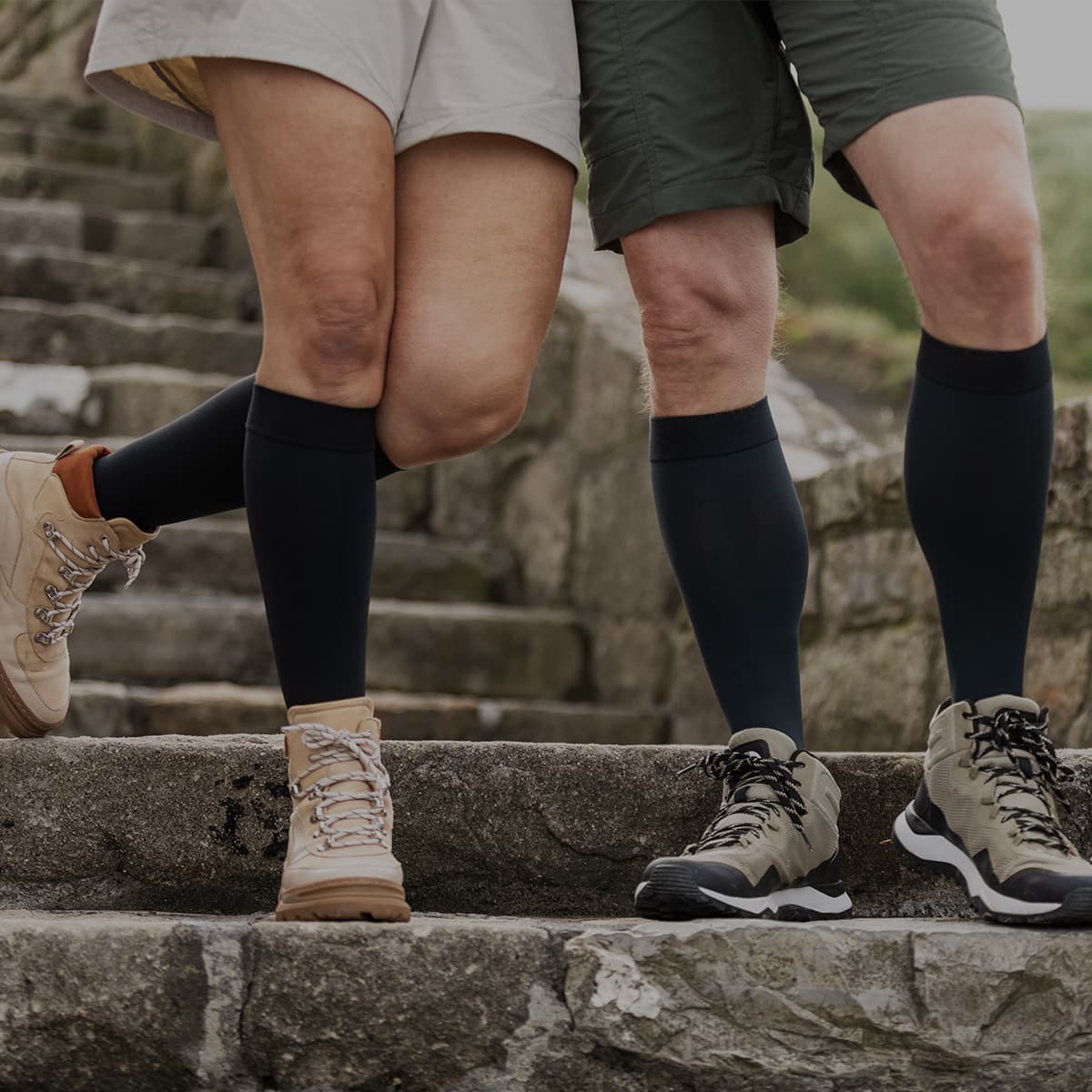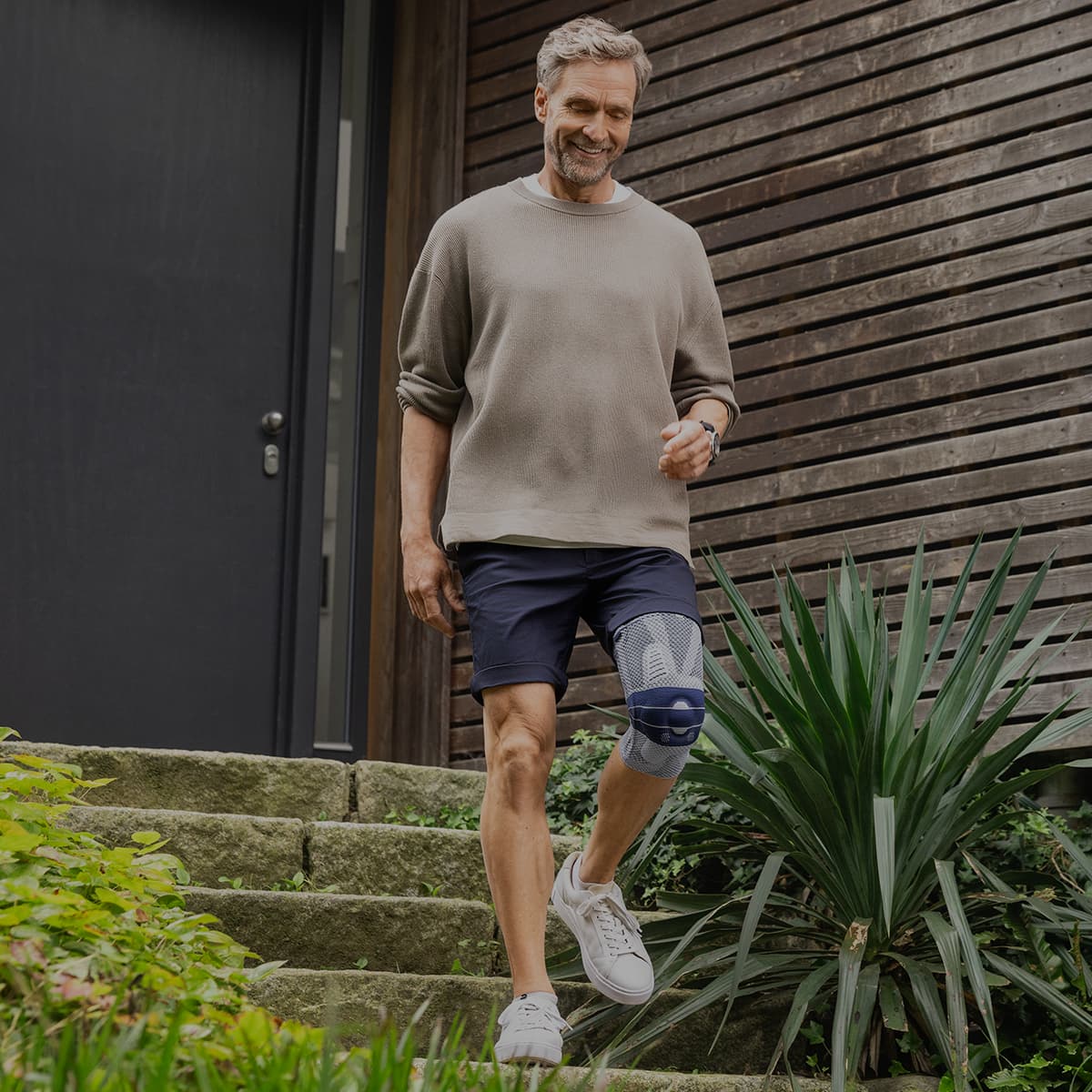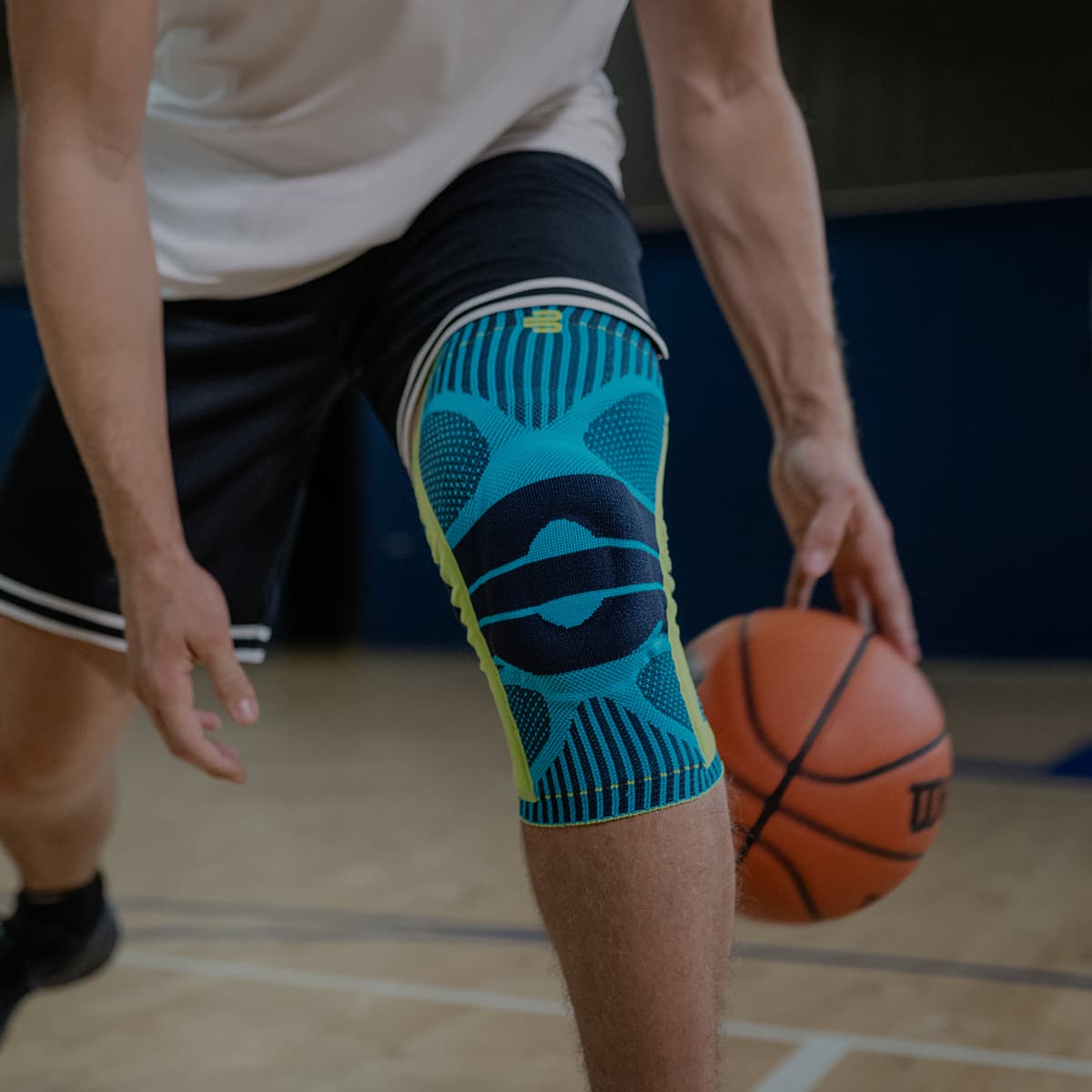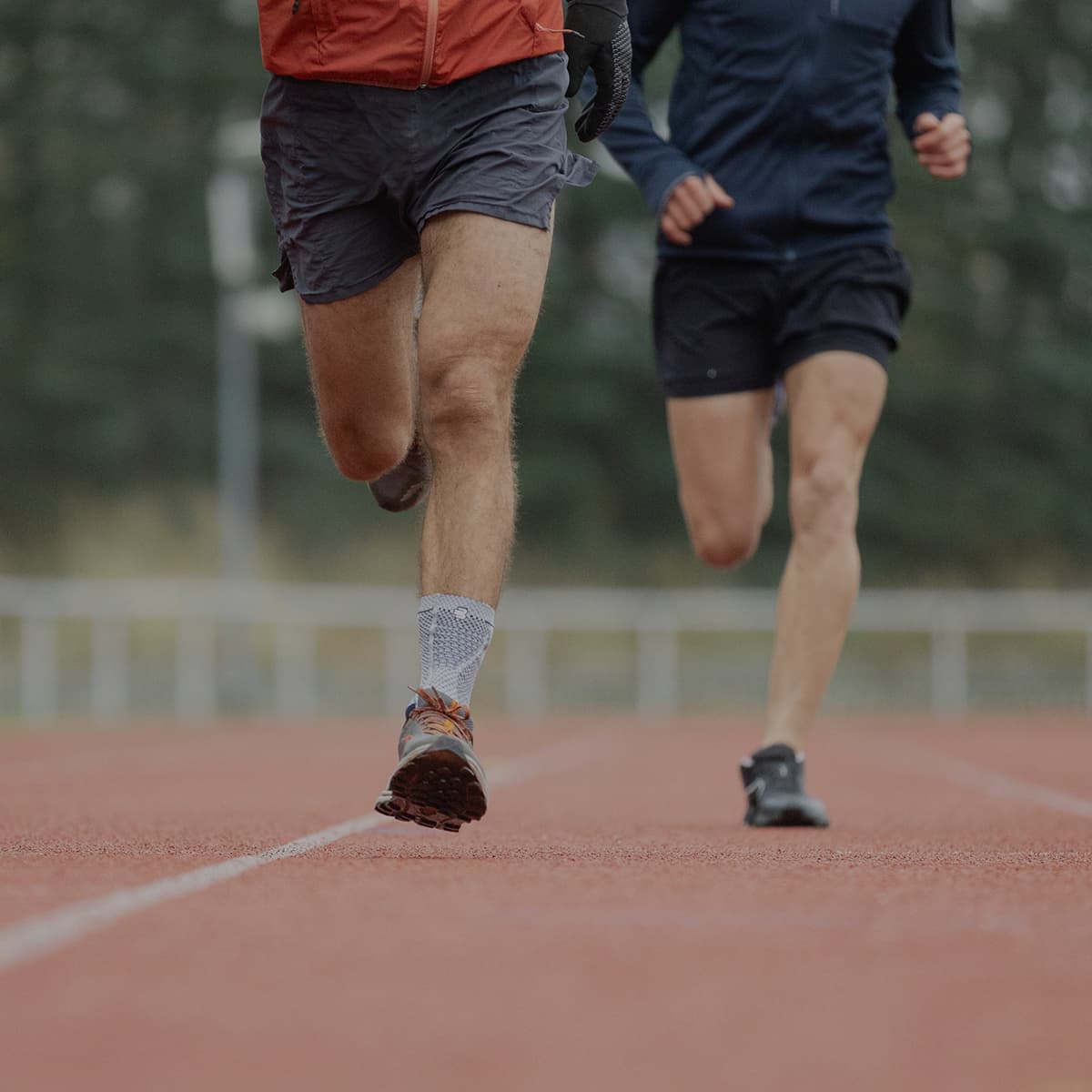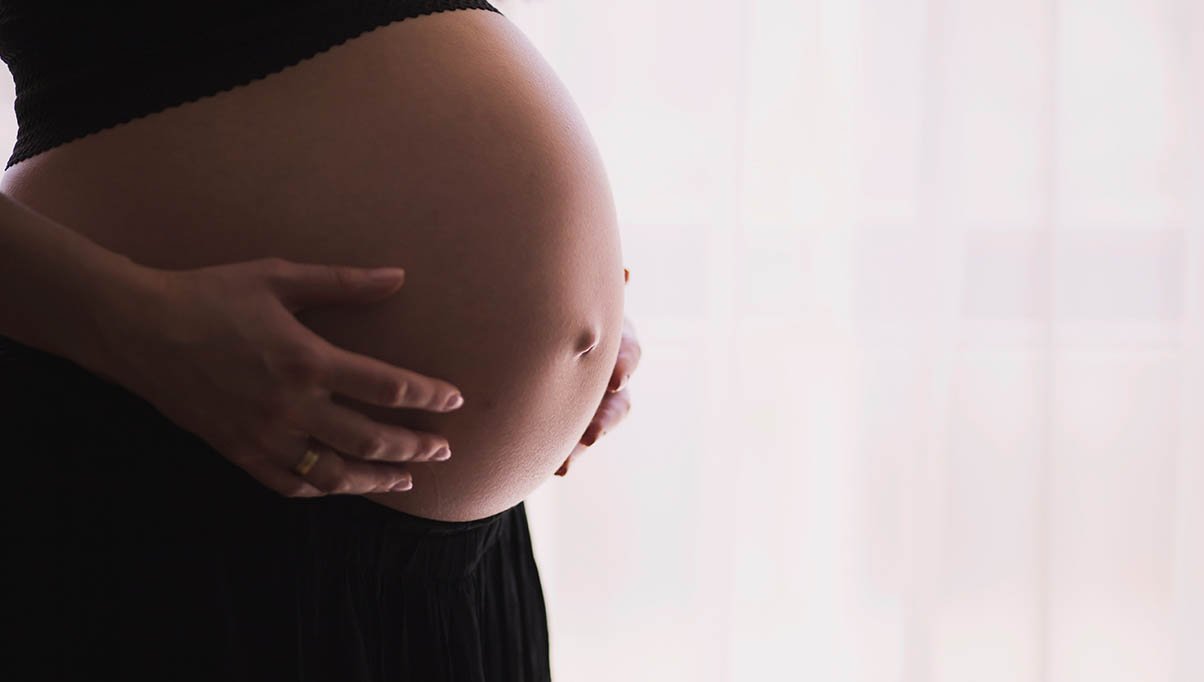INTRODUCTION
The lymphatic system runs through the human body like the blood circulatory system. The clear liquid (Lymph) helps transport nutrients and help clean waste from our body. In small cases of breast cancer surgery (Mastectomy), the lymphatic system may be damaged. Swelling of the arms and hands occurs as a direct result of lymphatic injury.
Patients suffering from Lymphoedema after breast cancer surgery, experience swelling and discomfort in the arm and hands. The extent of the symptoms depends on the extent of injury to the lymphatic system. Mild cases are managed conservatively and are managed easily. However, in chronic cases of fluid buildup there are significant risks of infection and require more invasive approaches.
CAUSES
The breast is a sensitive tissue with an extensive network of fine lymphatic vessels. It is fairly common for cancer to spread from the breast to the lymph nodes in the armpits. When performing a mastectomy, it is highly recommended to remove cancer-affected lymph nodes alongside breast tissue to prevent the spread of the disease to other parts of the body.
In mild cases, only the guardian lymph node is removed. A biopsy is conducted to rule out the spreading of the disease.
In chronic cases, where the cancer has spread further, lymph nodes might be removed in surgery.
In about 5% of women, damage to the lymphatic system through surgery (mastectomy) impairs the natural flow of nutrients and fluids through the lymph vessels. This leads to the condition we call Lymphoedema.
SYMPTOMS
Swelling of the arms and hands is fairly common immediately after surgery and is expected after an invasive procedure. The symptoms of Lymphoedema (swelling and accumulation of fluid in the Lymphatic system) are varied, depending on the extent of damage to the lymph nodes in the armpits and generally include:
Recurrent and persistent swelling of the arms and hands.
Heaviness in the arms and hands.
Tightening of clothing and jewelry because of Edema.
In chronic cases of Lymphoedema, there is severe pain and fluid build up in the arms. The skin begins to feel tight and hurt. The limb becomes stiff and a patient’s mobility is severely restricted.
Long term progression of the disease carries a significant risk of infection and it is highly advised to seek immediate medical treatment to avoid complications.
*NOTE: In cases of extensive removal of the lymph nodes, the risk of Lymphoedema rises to 20%. The risk is higher in overweight patients.
DIAGNOSIS
An oncologist is the best person of contact when suspecting Lymphoedema after breast cancer. As part of routine post-operative follow up, a complete physical examination helps the physician investigate the most common symptoms.
Sophisticated imaging technology like Ultrasound can confirm the patient’s medical history and the extent of damage to the lymphatic system.
Treatment
Treatment for Lymphoedema is usually conservative. The condition is a direct result of the post-operative impact to the lymphatic system in the armpits. A few proven measures include:
Changes in Lifestyle
Simple changes in day to day lifestyle can have significant benefits in treating Lymphoedema. Regular exercise to lose weight and stay healthy, reduces the stress on the arms and hands with swelling. Weight loss and reducing obesity, for example, helps relieve pain and discomfort in most patients.
Dietary Changes
Strict dietary changes are highly recommended. Patients should make note of dietary intakes like alcohol or gluten that might lead to increased swelling in the arms. Certain foods and drinks should be avoided to limit the impact of external triggers.
Skin care
Regular skin care with moisturizer and creams to sooth the skin provides relief from the discomfort felt by most patients.
Rehabilitation Exercise and lymphatic drainage massage
Exercise can help lose weight as well as increase the blood circulation through the affected arms and hands. Boosting blood circulation can help strengthen the muscles and facilitate healing. Lymphatic drainage massage can also be used to stimulate the surrounding area and naturally encourage drainage of lymph fluid to alleviate symptoms.
Compression Therapy, Orthosis
Compression therapy is the gentle application of pressure on the affected area using a medical compression bandage. Orthosis, like the VenoTrain CuraFlow, can significantly improve a patient’s quality of life. Regular use of a compression bandage is instrumental in preventing the progression of Lymphoedema. The compression helps encourage the flow of lymph fluid out of the affected arm and can greatly reduce swelling.
Everyday routine with a combination of the above, helps in slowing and stopping the progression of the disease and have immense long term benefits.
ORTHOSIS
Orthosis, like The VenoTrain CuraFlow, are particularly effective in breast cancer aftercare for Lymphoedema. The fine-meshed knitted fabric applies medical grade compression on the affected limb. The even tissue compression ensures increased lymph fluid drainage.
Bauerfeind offers premium, German-engineered active bandages, different from the cheap, neoprene sleeves currently offered in the Australian market. The high microfiber count makes the VenoTrain CuraFlow particularly soft and breathable. The seamless material makes it perfect for everyday use and has proven extremely beneficial for long term care.

